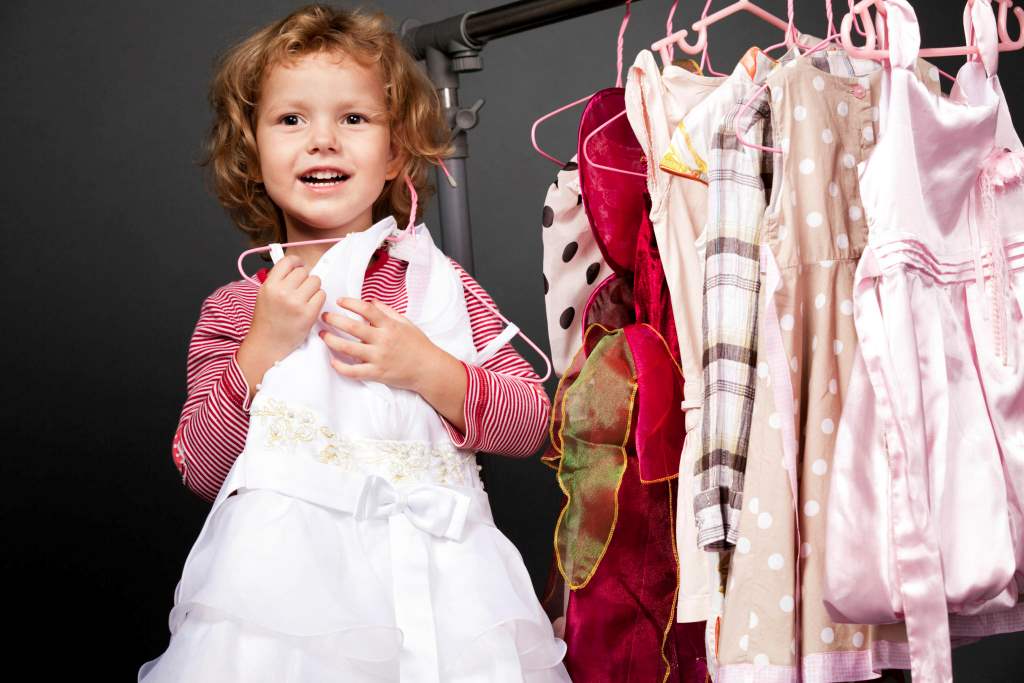Fashion trends often dictate our clothing choices, but the impact of these choices goes beyond aesthetics. Comfortable clothing, in particular, plays a crucial role in kids’s skin health.
Our skin, being the largest organ, requires attention and care, and the garments we choose can significantly influence our well-being.
In this article, we delve into the relationship between comfortable clothing and kid’s skin health, exploring the factors that make a difference and the benefits of prioritizing comfort.
Factors Affecting Kid’s Skin Health
Factors influencing kid’s skin health are multifaceted, encompassing attire selections, lifestyle, and environmental exposure. Key elements include:
Fabric Choice
Natural fibers (cotton, linen) allow the skin to breathe and prevent irritation. Synthetic fabrics (polyester, nylon) may trap moisture, leading to skin conditions like fungal infections.
Fit and Size
Tight clothing can cause chafing, restrict blood flow, and contribute to skin problems. Loose-fitting attire allows the skin to breathe and reduces friction.

Seam Placement
Poorly placed seams can rub against the skin, causing discomfort and even dermatitis. Seamless designs minimize friction, enhancing comfort for sensitive skin.
Allergen-Free Clothing
Chemicals in dyes and fabric treatments can trigger allergies and skin reactions. Opting for hypoallergenic clothing reduces the risk of irritation.
Benefits of Comfortable Clothing on Kid’s Skin Health
Choosing comfortable clothing extends beyond mere luxury, offering tangible benefits to kid’s skin health. Embracing comfort in attire provides:
Preventing Skin Irritation
Comfortable clothing minimizes friction, reducing the risk of skin irritation and rashes. Soft, breathable fabrics create a barrier between the skin and potential irritants.
Maintaining Optimal Moisture Levels
Natural fibers absorb and wick away moisture, preventing excessive sweating and the development of fungal infections. Proper moisture management is crucial for maintaining healthy skin.
Enhancing Blood Circulation
Loose-fitting garments promote better blood circulation, preventing numbness and tingling. Improved circulation supports skin health by ensuring an adequate supply of oxygen and nutrients.

Supporting Skin Conditions
Individuals with skin conditions like eczema or psoriasis benefit from clothing that minimizes friction and irritation. Specialized fabrics, such as those with moisture-wicking properties, can alleviate symptoms.
Choosing the Right Clothing for Skin Health
Selecting clothing that prioritizes skin health involves thoughtful consideration of several factors. Optimal choices include:
Cotton, linen, and bamboo fabrics allow the skin to breathe and are less likely to irritate. Use synthetic fabrics that trap moisture and heat.
Choose clothing with a relaxed fit to reduce friction and promote air circulation. Pay attention to sizing and avoid overly tight garments.
Select Seamless Designs
Seamless clothing eliminates abrasive seams, reducing the risk of skin irritation. Look for seamless undergarments for optimal comfort.
Consider Allergen-Free Options
Choose clothing labeled as hypoallergenic to minimize the risk of allergic reactions. Wash new clothing items before wearing to remove potential irritants.
Incorporating Comfort into Fashion Trends
Incorporating comfort into fashion trends is a pivotal shift that emphasizes well-being without sacrificing style. This involves:

Advocating for Inclusive Sizing
Promote the development of inclusive sizing options to cater to diverse body types. Encourage fashion brands to prioritize comfort alongside style.
Sustainable and Skin-Friendly Fashion
Support sustainable fashion practices that prioritize both the environment and skin health. Choose clothing from brands that prioritize eco-friendly and skin-friendly materials.
Collaboration between Fashion and Healthcare
Promote collaboration between fashion designers and healthcare professionals to create clothing that meets both aesthetic and health needs. Develop clothing lines specifically designed for individuals with skin conditions.
Revolutionizing Fashion with Comfort
Revolutionizing fashion with comfort represents a transformative approach to the industry, emphasizing a harmonious blend of style and well-being. This entails:
Inclusive Sizing Paradigm
Spearhead the call for inclusive sizing, paving the way for fashion that caters to the diverse spectrum of body types. Advocate for an industry that values both style and comfort, recognizing the intrinsic link between the two.

Educational Empowerment
Illuminate the path toward informed decision-making by raising awareness about the profound impact clothing choices have on skin health.
Empower consumers to become guardians of their skin, making choices that reflect an understanding of the intricate dance between fashion and well-being.
Navigating the Wardrobe Maze
Navigating the wardrobe maze involves making mindful choices that prioritize both style and skin health. Key strategies include:
Natural Fabric Advocacy
Champion the cause of natural fabrics like cotton, linen, and bamboo, advocating for their ability to let the skin breathe without compromise. Navigate away from synthetic fabrics that may inadvertently stifle your skin’s vitality.
The Art of Loose-Fitting Fashion
Pledge allegiance to the loose-fitting revolution, where fashion marries comfort to reduce friction and usher in a new era of air circulation.
Master the fine art of selecting clothing that complements your body without succumbing to the restrictive nature of overly tight garments.
The Allure of Allergen-Free Attire
Elevate your fashion choices by embracing hypoallergenic clothing, effectively lowering the risk of allergic reactions.
Unveil the secret weapon of washing new clothing items before donning them, eliminating potential irritants, and establishing a foundation of skin-friendly fashion.
Conclusion
While fashion often revolves around style and trends, the impact of clothing on kid’s Dermal conditions cannot be overlooked.
Comfortable clothing is not just a matter of preference; it is a key factor in maintaining healthy skin.
By considering factors such as fabric choice, fit, and allergen-free options, individuals can make informed decisions that prioritize both style and well-being.
